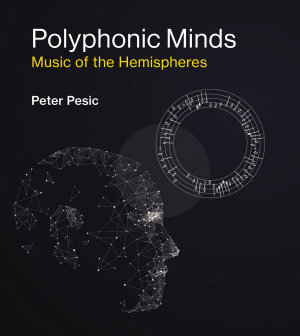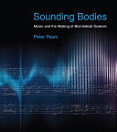Polyphonic Minds: Music of the Hemispheres
এই ইবুকখনৰ বিষয়ে
Polyphony—the interweaving of simultaneous sounds—is a crucial aspect of music that has deep implications for how we understand the mind. In Polyphonic Minds, Peter Pesic examines the history and significance of “polyphonicity”—of “many-voicedness”—in human experience. Pesic presents the emergence of Western polyphony, its flowering, its horizons, and the perspective it offers on our own polyphonic brains.
When we listen to polyphonic music, how is it that we can hear several different things at once? How does a single mind experience those things as a unity (a motet, a fugue) rather than an incoherent jumble? Pesic argues that polyphony raises fundamental issues for philosophy, theology, literature, psychology, and neuroscience—all searching for the apparent unity of consciousness in the midst of multiple simultaneous experiences.
After tracing the development of polyphony in Western music from ninth-century church music through the experimental compositions of Glenn Gould and John Cage, Pesic considers the analogous activity within the brain, the polyphonic “music of the hemispheres” that shapes brain states from sleep to awakening. He discusses how neuroscientists draw on concepts from polyphony to describe the “neural orchestra” of the brain. Pesic's story begins with ancient conceptions of God's mind and ends with the polyphonic personhood of the human brain and body. An enhanced e-book edition allows the sound examples to be played by a touch.




